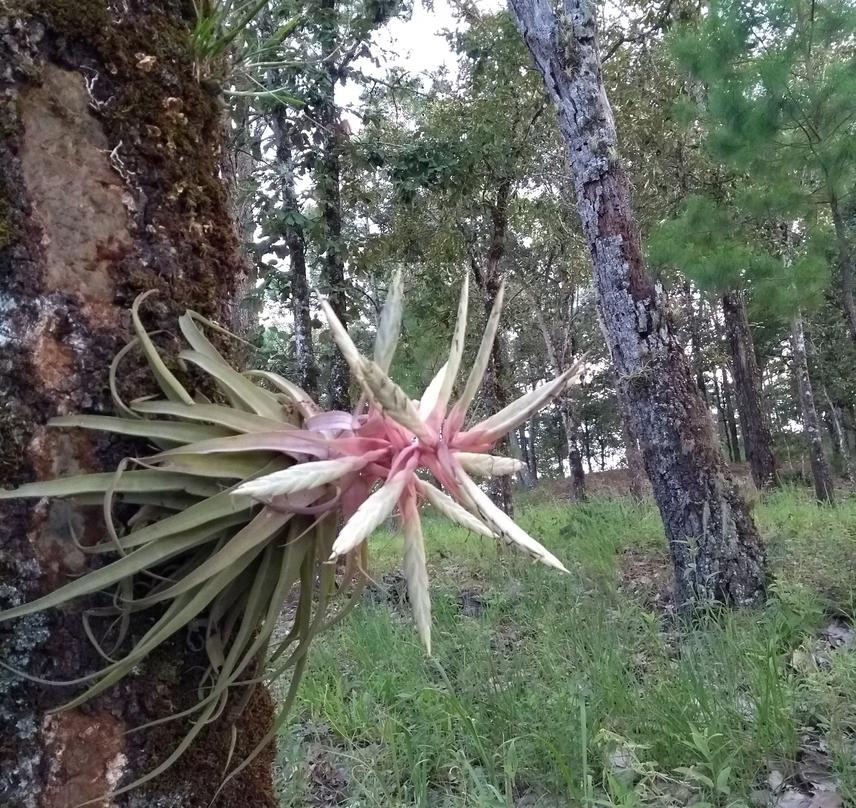Nayely Martínez-Meléndez
The aim of this project is to investigate the fundamental bases of the effect that forest use and management have on the biodiversity of epiphytes and fungi, which are a very important resources both from an ecological and economic point of view, and in turn proposing scientific foundations that help their conservation and use.

The present work is an initiative for the benefit of the management of non-timber forest resources within areas with forest exploitation; we firmly believe that conservation is not fought with the idea of management. Wild mushrooms and epiphytes are organisms not only of great ecological relevance, but also with different uses (i.e. ornamental and edible uses). The generation of scientific knowledge about the ecological bases of these organisms and their response to the alteration of the forest will allow us to contribute to the development of conservation schemes of diversity and also to the conscientious use of our resources.
The study will be conducted in two forest sites “Los Ocotones” and “San Martin”, the most important natural plant communities in both sites correspond to mixed forests with predominance of coniferous and oak species. Particularly, the "Los Ocotones" site is part of an important biological corridor, considered relevant in terms of floristic composition and presence of endemic species or with some degree of protection. In addition, the owners of the properties have had great initiative in regard to new models of forest management, more inclusive and less intensive, so that within their management plan has included the development of projects in the use of non-timber forest resources.
Our fieldwork will last two years and consist mainly of the measurement of environmental variables and the recognition of the biodiversity of plants and fungi within our sites (epiphytes for "Los ocotones" site and fungi for "San Martin" respectively), through processes such as location of sensors, data collection and analysis of the information registered in field. In addition to reporting and presenting pertinent information to the academic community, an important part of the process is the transfer of knowledge and awareness by the most immediate stakeholders, and people with decision-making capacity. Through participatory workshops and constant communication with our target audience, our initiative could affect the modification of the intensity of the timber harvesting model or the preservation of certain buffer areas with the presence of high diversity.
We recognize the potential for new projects that could arise, based on our information to design and new models of sustainable use. The conservation of biodiversity is a very broad issue in which it is necessary to delve into functional proposals that involve different areas of knowledge, one of the most promising ways is the diversification of the use in forest areas.